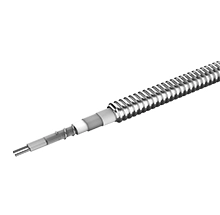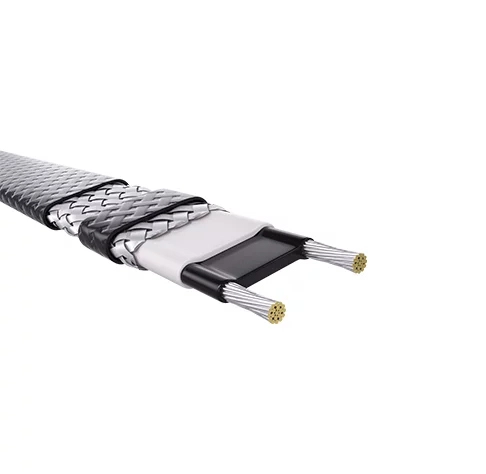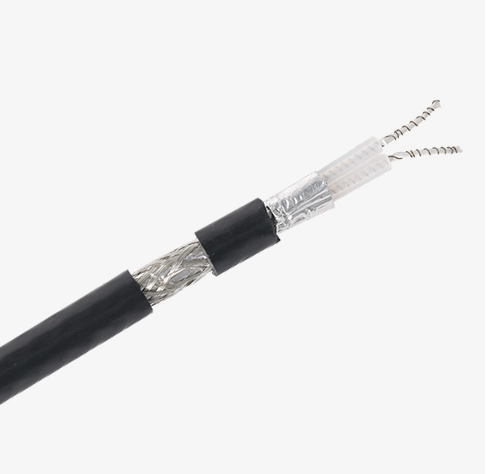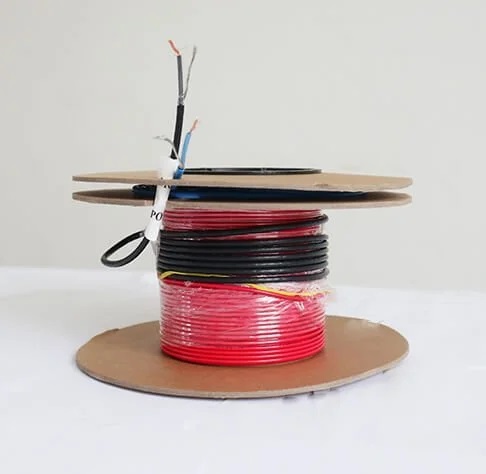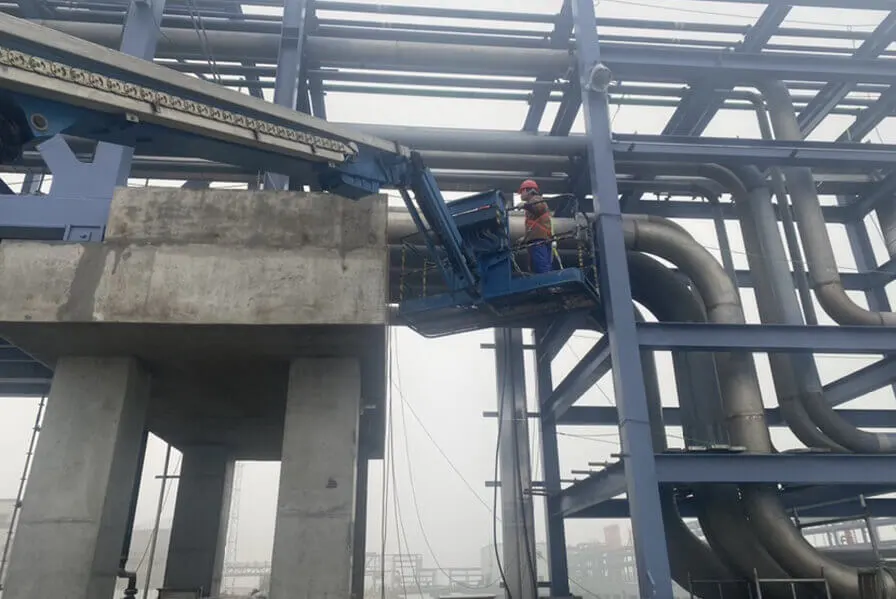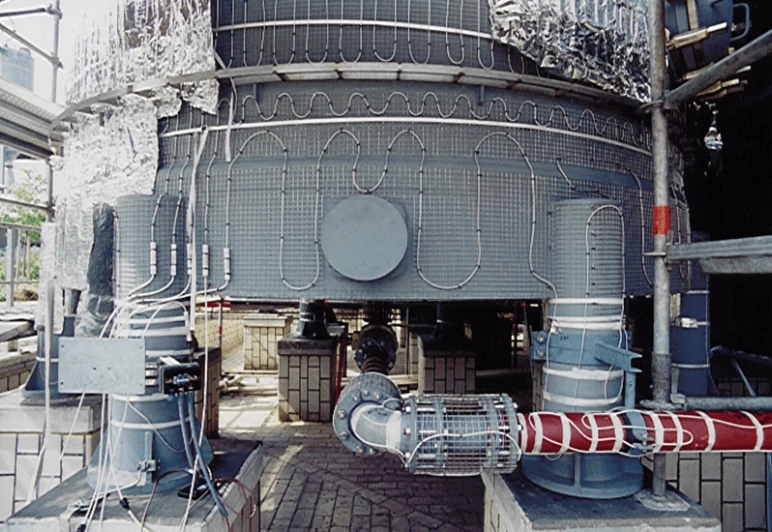To determine if a heat cable(heating trace) is functioning properly, use a combination of physical checks, electrical tests, and temperature monitoring. Here’s a step-by-step guide:
1. Visual and Physical Checks
- Feel the Pipe or Cable:
- Working: The pipe or heat cable should feel warm (not hot) to the touch when active.
- Not Working: If the pipe feels cold and ambient temperatures are below freezing, the cable may be faulty.
- Caution: Some self-regulating heating cables only warm slightly unless it’s very cold.
- Check for Ice or Condensation:
- Working: Pipes should remain ice-free, and gutters/roofs should show melted snow/ice in de-icing applications.
- Not Working: Ice buildup or frozen pipes indicate the heat cable is inactive.
- Inspect for Damage:
- Look for frayed wires, burnt spots, or loose connections. Damaged cables may short-circuit or fail.
2. Use a Multimeter
Test the electrical continuity and power draw of the heat cable:
1. Turn Off Power: Disconnect the heat cable from its power source.
2. Test Continuity:
- Set the multimeter to ohms (Ω).
- Place probes on the cable’s live and neutral wires.
- Working: A reading between 10–100Ω (varies by cable length/wattage).
- Not Working: Infinite resistance (OL) means the cable is broken.
3. Test Voltage:
- Reconnect power and set the multimeter to AC voltage (V~).
- Measure voltage at the cable’s terminals.
- Working: Matches the rated voltage (e.g., 120V or 240V).
- Not Working: No voltage indicates a tripped breaker, faulty thermostat, or wiring issue.
3. Monitor Temperature
- Infrared Thermometer:
- Aim at the pipe or cable surface.
- Working: Temperature should rise 5–20℃ (9–36℉) above ambient (depending on cable type).
- Thermal Camera:
- Visualize heat distribution. A working cable will show a consistent warm line along the pipe.
- Thermostat/Controller:
- Check if the thermostat is activating the cable when temperatures drop below the set point.
4. Check Power Consumption
- Clamp Meter:
- Measure current (amps) flowing through the cable.
- Working: Matches the cable’s rated wattage (e.g., 5–20W per foot).
- Not Working: Zero amps or significantly lower than rated.
5. Observe System Behavior
- Self-Regulating heating Cables:
- Should warm up only in cold spots(e.g., where ice forms).
- Constant Wattage heating Cables:
- Should maintain a steady temperature along the entire length (if paired with a thermostat).
6. Look for Warning Signs
- Tripped Breakers: Frequent tripping suggests a short circuit or overload.
- High Energy Bills: A working heat cable uses minimal power unless in extreme cold. Sudden spikes may indicate inefficiency.
- Error Codes: Digital controllers may display faults (e.g., “open circuit” or “overload”).
Troubleshooting Common Issues
Symptom | Possible Cause | Fix |
Cold pipe, no ice melt | No power, broken cable | Test voltage, replace cable |
Hot spots or burnt smell | Overheating,damaged,insulation | Replace cable,check thermostat |
Intermittent operation | Faulty thermostat | Recalibrate or replace thermostat |
When to Call a Professional
- If electrical testing reveals a dead cable or complex wiring issues.
- For large-scale systems (e.g., industrial pipelines, roof de-icing).
- If you’re unsure about handling live circuits.
Final Tip
Heat cables are designed to work silently and efficiently. Regular seasonal inspections and pre-winter tests ensure reliability. Always follow the manufacturer’s guidelines for your specific cable type!
Safety First: Turn off power before inspecting or testing the cable.


